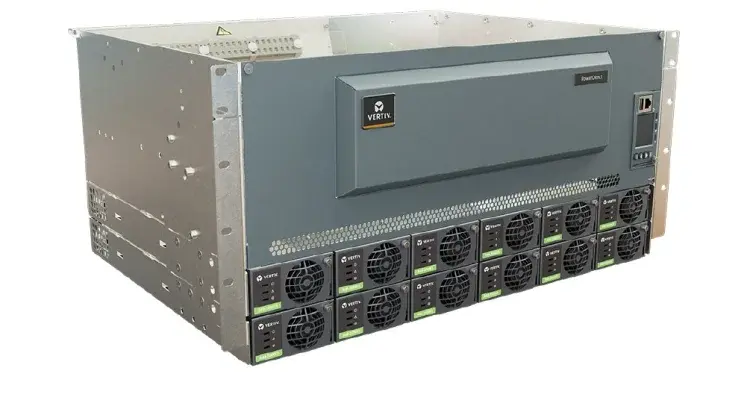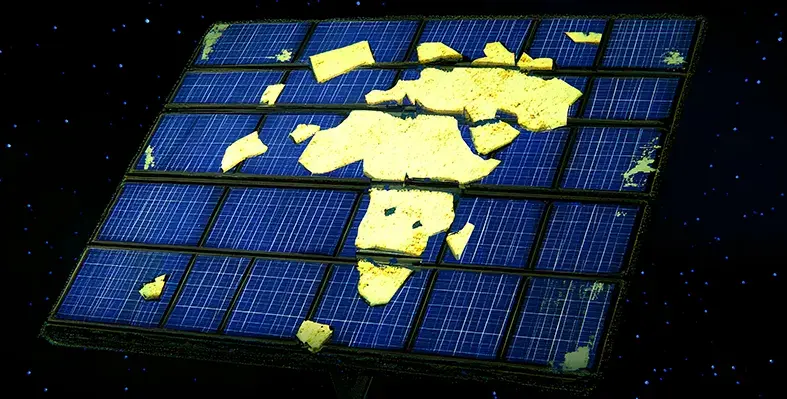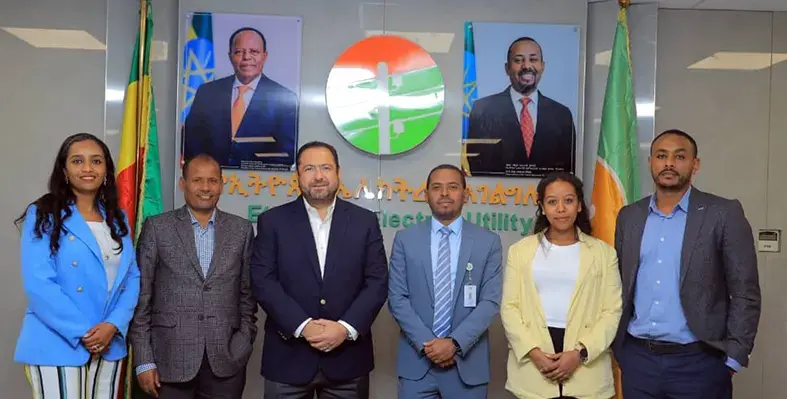Creating a digital ecosystem in rural areas requires collaboration with local suppliers if long-term success is to be achieved, according to Jeremy Potgieter, regional director for Africa at Eseye, a global IoT cellular connectivity and hardware company
He said that for internet of things (IoT) to deliver the services required, an understanding of the end consumer within a rural area is vital. “By speaking to local suppliers to create a tailored cost-effective IoT solution will help us to deliver the most appropriate service possible. In gaining a better understanding of how they will benefit from IoT technology, vendors such as Eseye can create solutions that meet these needs and make a real difference.”
According to Potgieter, people living in the rural areas of developing countries face a range of challenges that threaten to isolate them from the benefits that are enjoyed by the rest of their populations.
Two major examples include accessing essential utilities such as water and power, as well as the challenges associated with accessing financial services and payment credit. “In an urban area, utilities are delivered from a central source. In rural areas, however, it’s not quite as simple. To achieve sustainable, long-term solutions, these utilities must be delivered locally.”
He said that the economics of delivering electricity to small villages of only 50 people, for example, make them far more difficult to implement. It is here that with technological developments in areas such as water purification or solar energy, this can be overcome.
IoT has the potential to drastically improve the quality of life in rural areas
“We have seen some great examples of how IoT has transformed the capabilities of these rural areas. With locally generated electricity, for example, paving the way for the emergence of phone-charging shops and even stories of people charging entry to their homes to allow visitors to watch major sporting events. The supplier of the equipment is allowed to manage and maintain their assets because of the integration of IoT technology, which provides them with constant performance updates,” commented Potgieter.
Central to the success of any IoT project in a developing country is its ability to be globally connected and highly available. Potgieter noted that it must be straightforward for non-IoT experts to construct on a ground level.
At the point of deployment, Eseye can securely and quickly enter a device into the cloud. This helps locals who are setting up the IoT equipment to easily achieve quick configuration.
“As a result of this approach, Eseye is experiencing some success in developing countries, with life-changing projects through partnerships with suppliers such as SolarNow and eWater.”
Challenges to overcome before IoT can be brought on a mass scale
First, connectivity and coverage lay at the fundamental core of effective IoT solutions. Without it, the entire success of these projects is jeopardised. Second, it is crucial to ensure that untrained people in these rural areas feel confident setting up equipment. The best way to do this is through ‘zero-touch’ solutions, which allow non-experts to easily deploy devices onto the cloud with automatic configuration. Third, there are the logistical challenges associated with operating in rural areas, which can often be difficult to access from city locations.






















